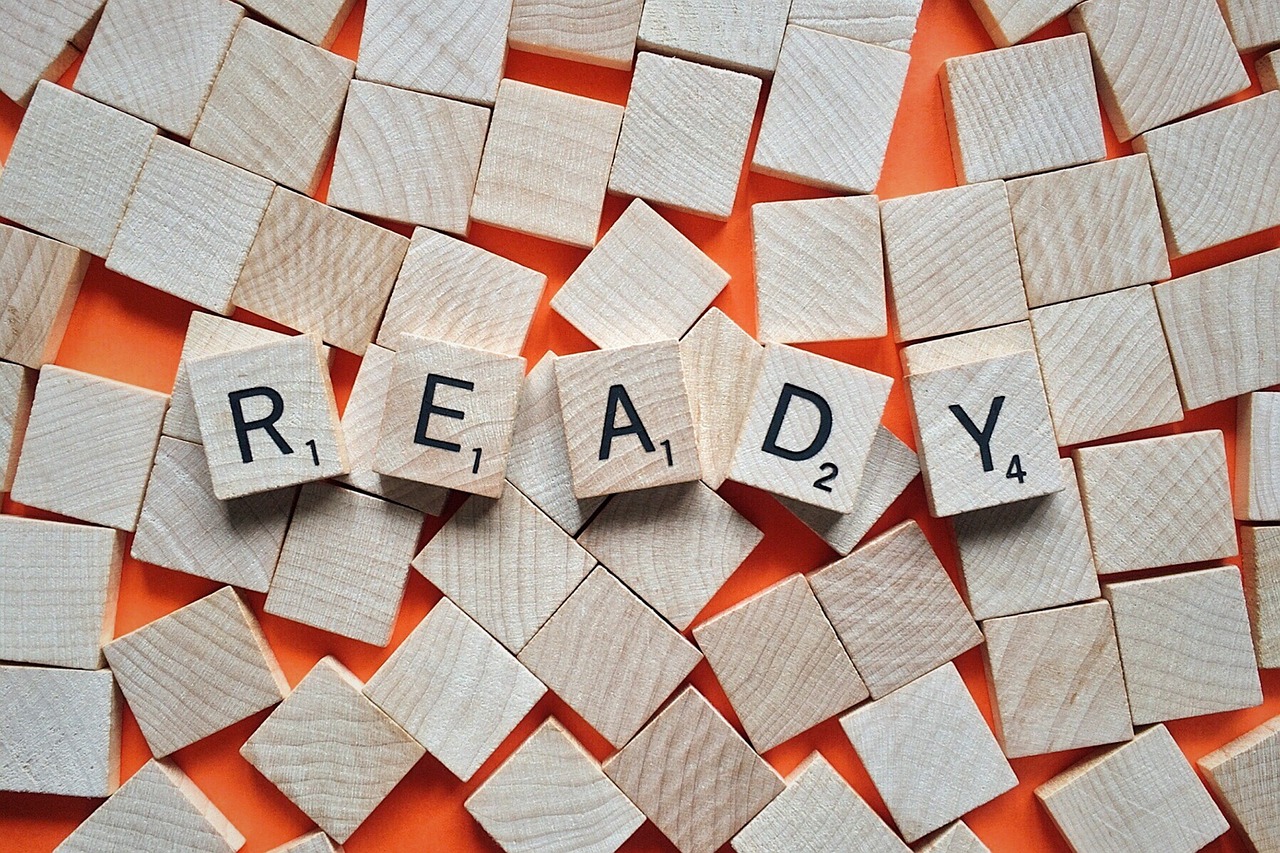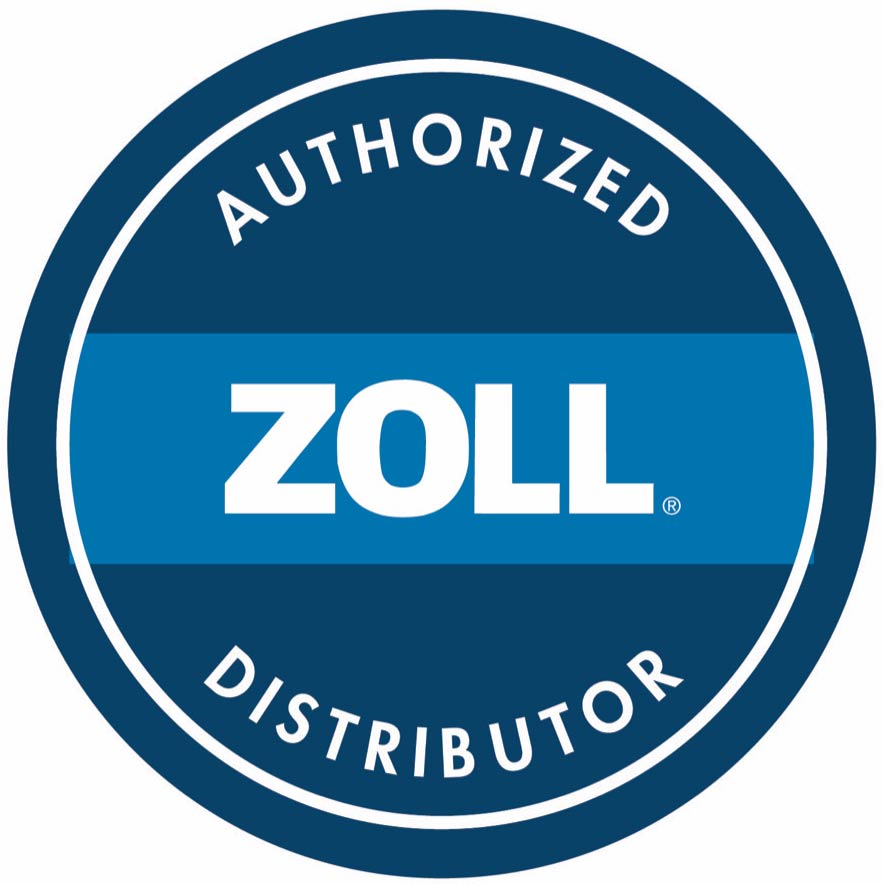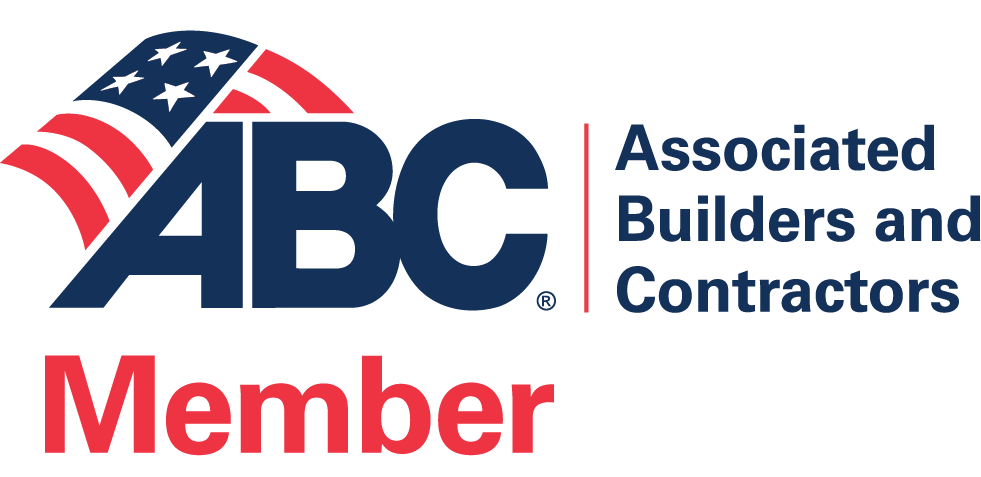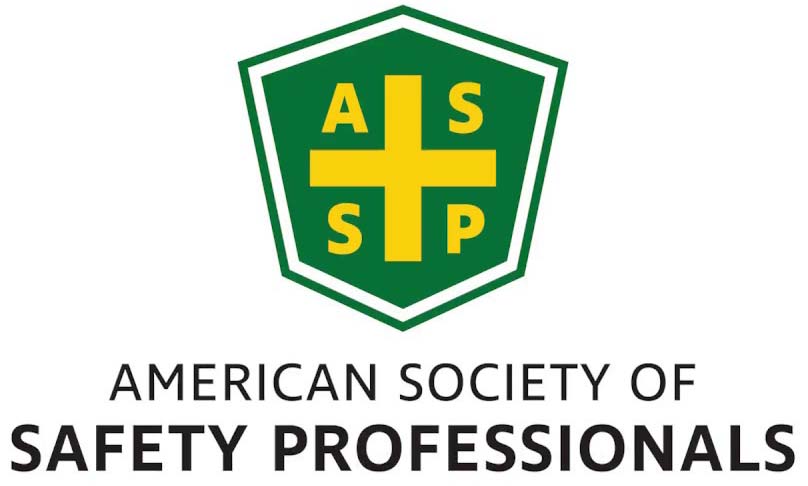September is National Preparedness Month, which probably makes you think about being ready for a hurricane. You’re not wrong … there’s a reason the observance, created by the Federal Emergency Management Agency (FEMA), happens at this time of year. But preparedness encompasses more than prepping for bad weather and power outages. In fact, FEMA’s ready.gov website offers hazard information sheets for nearly 20 different types of emergency including earthquakes, cyberattacks, active shooter situations, landslides and financial emergencies.
Not all of these will apply to everyone. For example, here in the mid-Atlantic we probably don’t need to worry too much about an avalanche, tsunami or volcano eruption. But that still leaves a long list with a common theme: What will you do when the power’s out for an extended period, or there’s no internet or cell service, or prescriptions can’t be refilled?
The first part of the answer is to have an emergency kit ready to go. This would include obvious things like water, dehydrated or canned food (and a non-electric can opener), flashlight, first aid kit and so on. Less obvious items to include would be extra food and water for pets, cash and copies of important documents including insurance policies.
It’s a good idea to have at least a basic kit not only at home but in your workplace and vehicle as well. Include comfortable walking shoes in those work and car kits … if you get stuck a mile or more from home, you don’t want to make the trek in dress shoes. And having created those kits, remember to check them periodically: Is the food still within its expiration dates? Are the flashlight batteries fresh? Have your policies or other paperwork changed?
Communication is a vital part of preparedness. Have a family plan that includes where you will go if you must evacuate. That plan should include contact information and medical details for each family member, and you should have important phone numbers stored somewhere besides your cell phone.
You’ll want to stay informed of changing conditions also. In the event that mobile service continues to be available, FEMA has an app that offers real-time weather and emergency alerts, and you can also sign up for Wireless Emergency Alerts (WEAs) in many states and municipalities. A battery-operated or hand-crank radio is a great addition to that preparedness kit in the event of a mobile network failure.
You can’t prepare for every possibility, but a little time and effort can go a long way towards keeping you and your family safe and well-informed when an emergency occurs. As the Boy Scouts say, Be Prepared.
Questions about emergency preparedness or other safety topics? Contact Heart to Beat.











